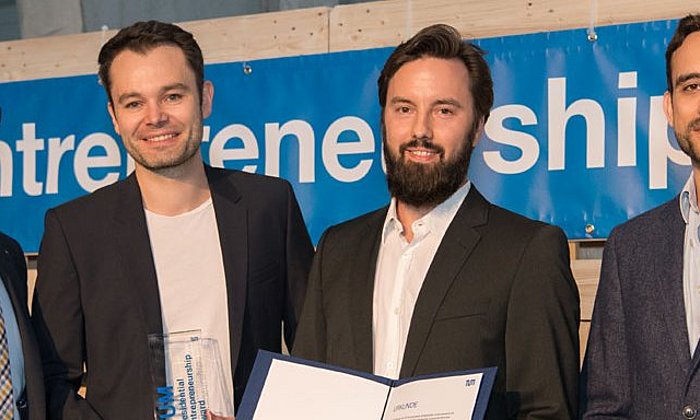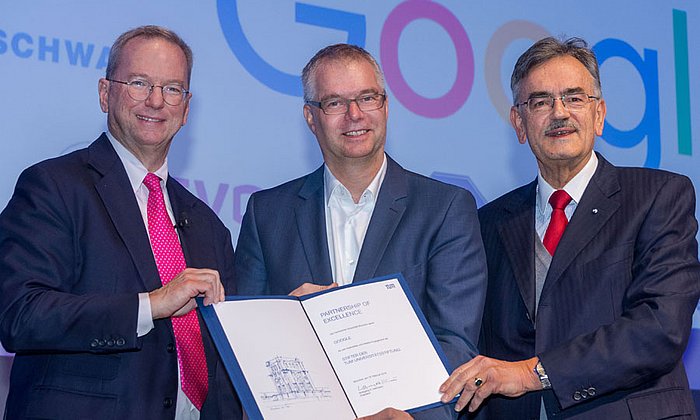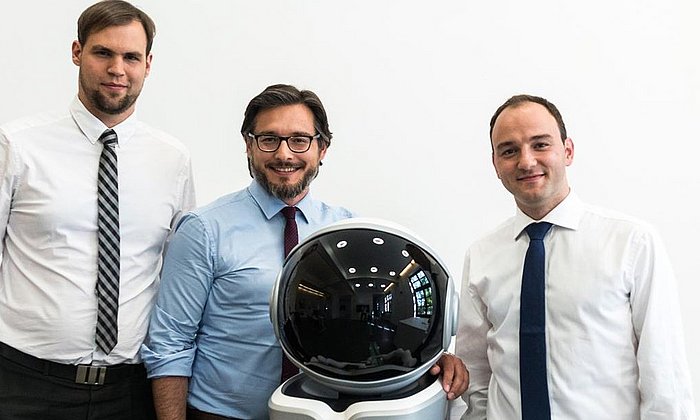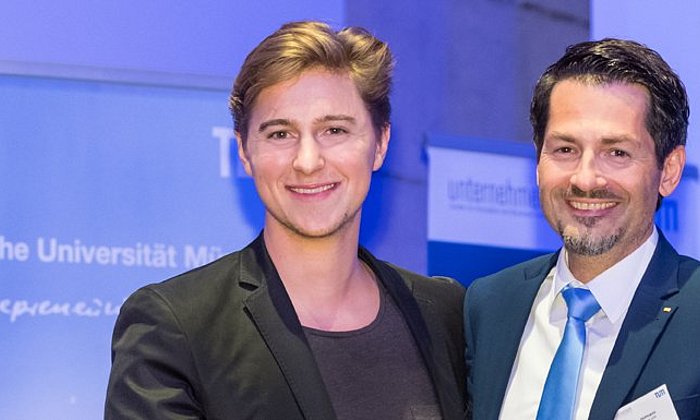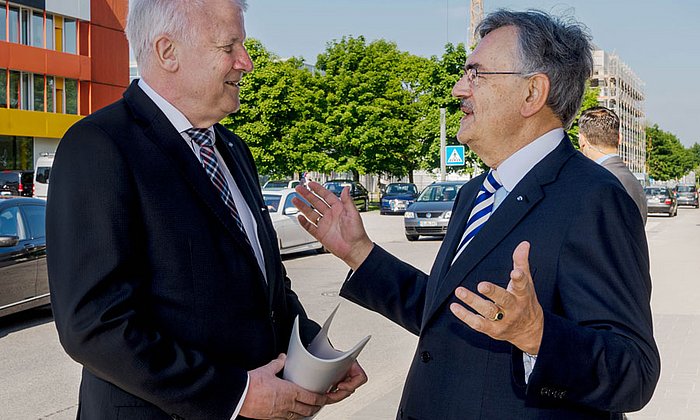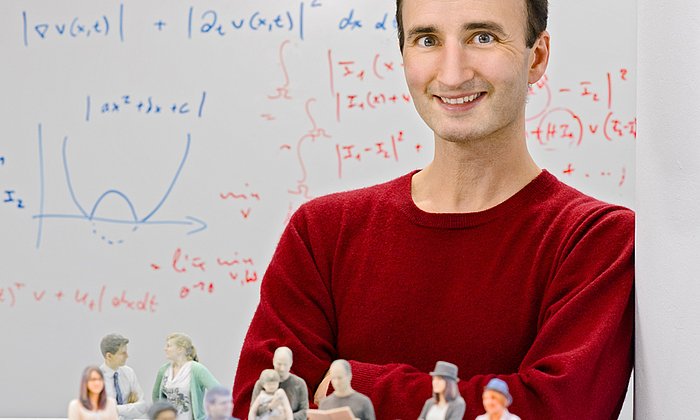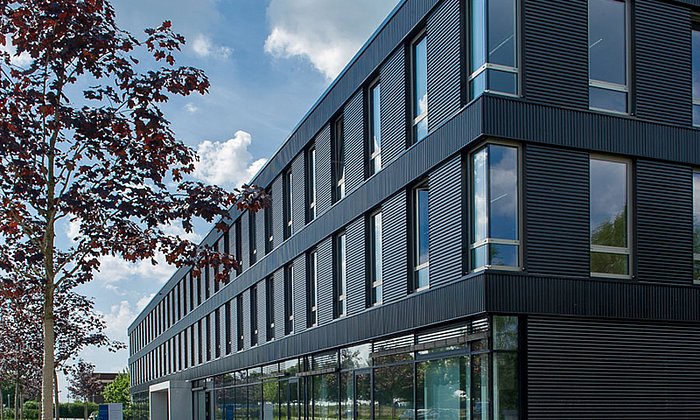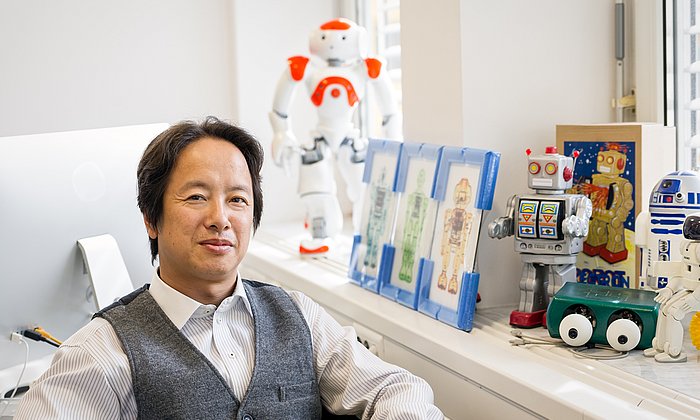Cabinet meeting at TUM: new research alliances and professorships
Bavaria announces increased support for research in artificial intelligence at TUM
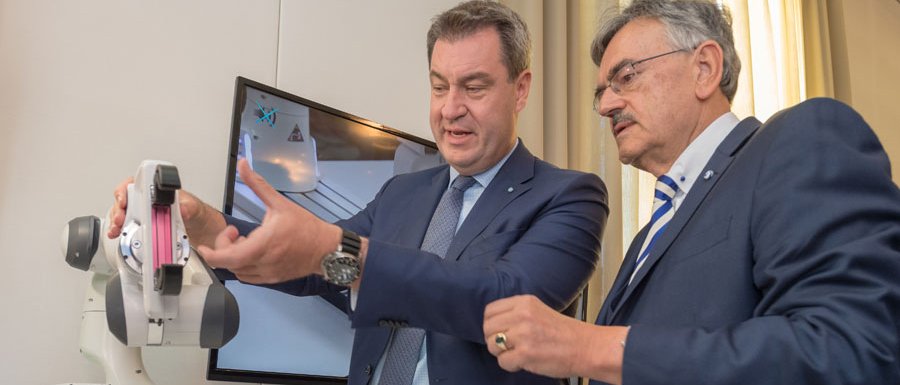
TUM is an international leader in the exploration and development of digital technologies. It is now in the process of setting up the Munich School of Robotics and Machine Intelligence, which will bring together engineering, informatics and medicine in research and teaching. It will be headed by Prof. Sami Haddadin, who was recently awarded the German President's Award for Innovation in Science and Technology.
Accordingly TUM will be extensively involved in the lighthouse projects approved by the Bavarian government today, especially in the following areas:
- Establishment of the Bavarian Research in Artificial Intelligence Network (BRAIN): new cutting-edge research campus that will network the most important institutions in these fields in the Munich region, including TUM, the Ludwig-Maximilians-Universität, the Leibniz Supercomputing Center of the Bavarian Academy of Sciences and Humanities, and the Fraunhofer Institutes. A joint doctoral program is also planned.
- BRAIN will be part of a state-wide competency network in artificial machine intelligence.
- Several new professorships and new junior research groups for TUM in the field of artificial intelligence.
- Expansion of the Munich School of Robotics and Machine Intelligence laboratories.
- Establishment of the Bavarian Research Institute for Digital Transformation (BIT), which studies the impact of digitalization on all aspects of life. Under the auspices of the Bavarian Academy of Sciences and Humanities, it will bring together the most important research groups in Bavaria, act as a think tank, and engage with the general public. It will share a building with the "Digital and Media Affairs" department of the Bavarian State Chancellery and will be networked with the Digitalisierung.Bayern Center, which forges ties between the worlds of research and business.
- Expansion of fortiss, an independent institution affiliated with TUM dedicated to developing digital technologies and transferring the results to the private and public sectors.
The projects supplement and give concrete form to the "Bayern Digital II" master plan – a program also passed by the cabinet at a meeting at TUM last year.
At today's meeting, Prof. Haddadin offered the cabinet members insights into the research projects – for example Garmi, a humanoid helper robot designed to enable elderly people to live independently in their own homes. Prof. Daniel Cremers from the Chair for Computer Vision and Pattern Recognition explained his method for converting two-dimensional video data into 3D models in real time. And the team from NavVis, one of the most successful TUM spin-offs, presented its navigation system for interior spaces such as airports and industrial facilities. Other start-ups made presentations to the cabinet as well.
Further Information:
Technical University of Munich
Corporate Communications Center
- Corporate Communications Center
- presse@tum.de
- presse@tum.de
- Teamwebsite
